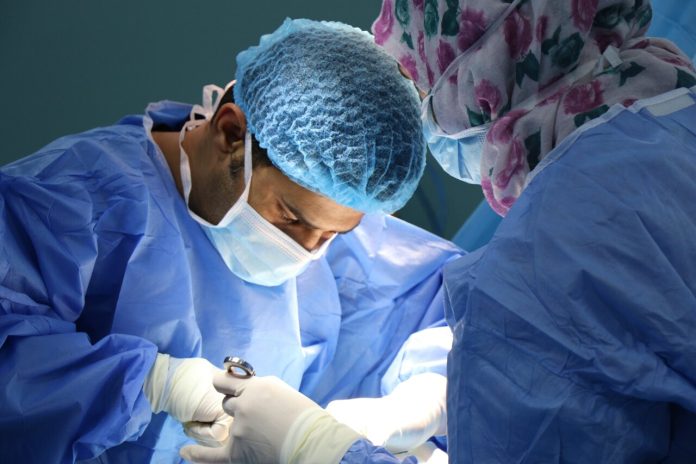Breast reconstruction revision plays a pivotal role in optimizing outcomes for breast cancer survivors who have undergone mastectomy. As advancements in surgical techniques and innovations continue to evolve, new strategies are emerging to enhance the effectiveness and success of revision procedures. Understanding these strategies and innovations is essential for healthcare providers and patients alike to achieve optimal outcomes in breast reconstruction revision.
Precision Planning with 3D Imaging
One of the key strategies in enhancing outcomes in breast reconstruction revision is the utilization of 3D imaging technology for precision planning. By capturing detailed images of the patient’s anatomy, surgeons can visualize the breast structure more accurately and plan the revision surgery with greater precision. This enables tailored approaches that address specific concerns such as implant malposition or asymmetry, leading to improved aesthetic outcomes and patient satisfaction.
Personalized Approaches with Autologous Tissue Reconstruction
Autologous tissue reconstruction, which involves using the patient’s own tissue to reconstruct the breast, offers a personalized approach to breast reconstruction revision. Innovations in microsurgical techniques and flap options have expanded the possibilities for autologous reconstruction, allowing surgeons to tailor the procedure to each patient’s unique anatomy and preferences. This personalized approach often results in more natural-looking and long-lasting outcomes compared to implant-based reconstruction.
Minimally Invasive Techniques for Reduced Risks
Minimally invasive techniques have revolutionized breast reconstruction revision by offering reduced risks, shorter recovery times, and improved patient outcomes. Procedures such as endoscopic-assisted implant revision or fat grafting allow surgeons to achieve desired outcomes with smaller incisions and less tissue trauma. These techniques minimize scarring, decrease postoperative discomfort, and expedite recovery, ultimately enhancing the overall patient experience.
Integration of Aesthetic Principles
Incorporating aesthetic principles into breast reconstruction revision is crucial for achieving harmonious and natural-looking results. Surgeons now pay closer attention to factors such as breast symmetry, contour, and nipple-areolar complex position during revision procedures. By integrating aesthetic principles into surgical planning and execution, surgeons can enhance the cosmetic outcomes of breast reconstruction revision and improve patient satisfaction.
Advanced Materials and Implant Options
Advancements in implant materials and options have contributed to improved outcomes in breast reconstruction revision. Innovations such as cohesive gel implants, textured surfaces, and adjustable implants offer patients more choices and better outcomes. These advanced materials help minimize complications such as capsular contracture and implant malposition, leading to enhanced durability and aesthetic results in revision surgery.
Multidisciplinary Collaboration for Comprehensive Care
Multidisciplinary collaboration is essential for comprehensive care in breast reconstruction revision. Surgeons work closely with oncologists, radiologists, nurses, and other healthcare professionals to ensure a holistic approach to patient care. This collaborative effort facilitates thorough preoperative evaluation, personalized treatment planning, and comprehensive postoperative support, ultimately leading to optimal outcomes and improved quality of life for breast cancer survivors undergoing revision surgery.
Conclusion
Enhancing outcomes in breast reconstruction revision requires a multifaceted approach that integrates innovative strategies, personalized techniques, and collaborative care. By leveraging advancements in technology, surgical techniques, and materials, healthcare providers can achieve superior aesthetic results, minimize complications, and improve patient satisfaction. Through ongoing research, education, and collaboration, the field of breast reconstruction revision continues to evolve, offering hope and improved outcomes for breast cancer survivors on their journey to recovery.
